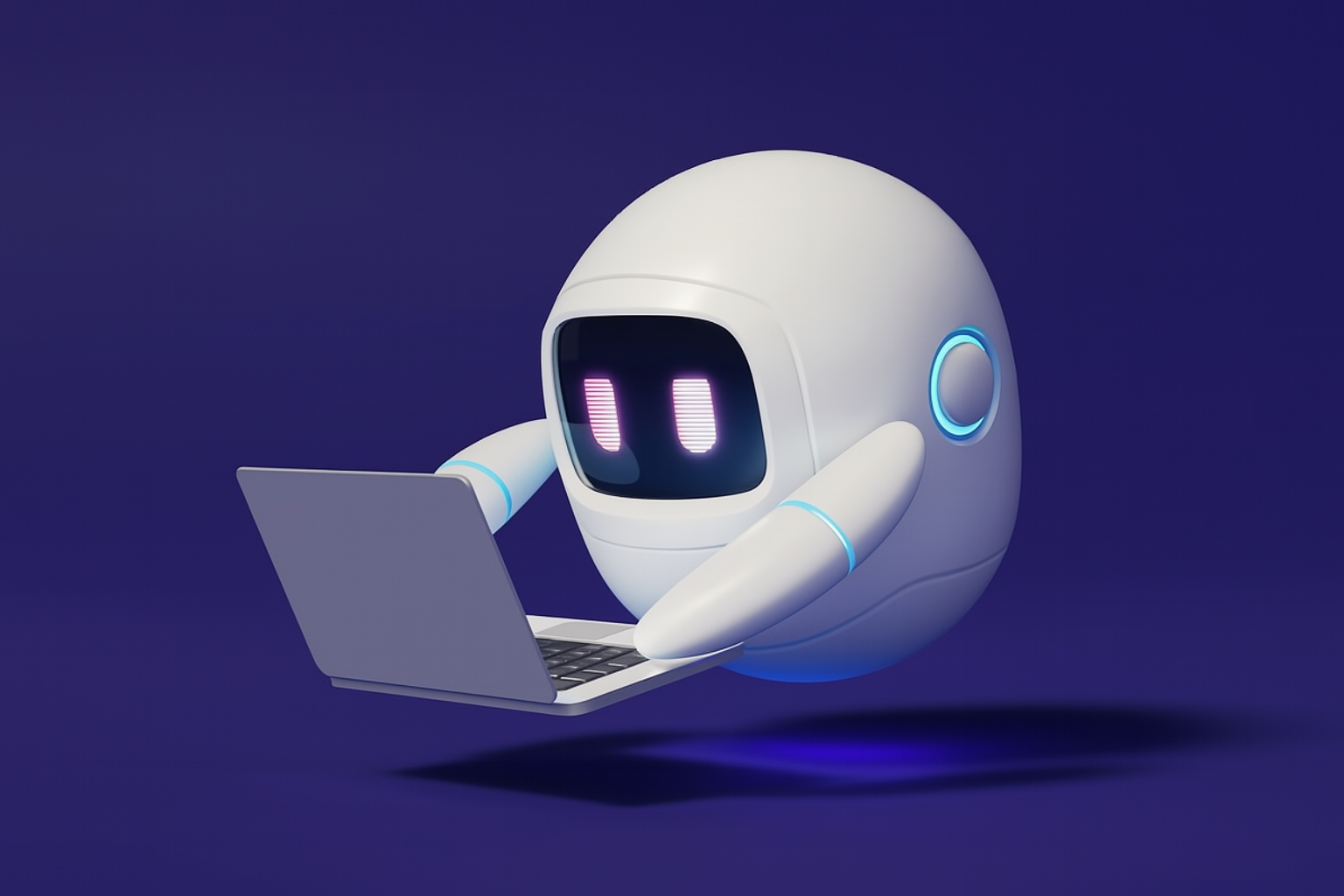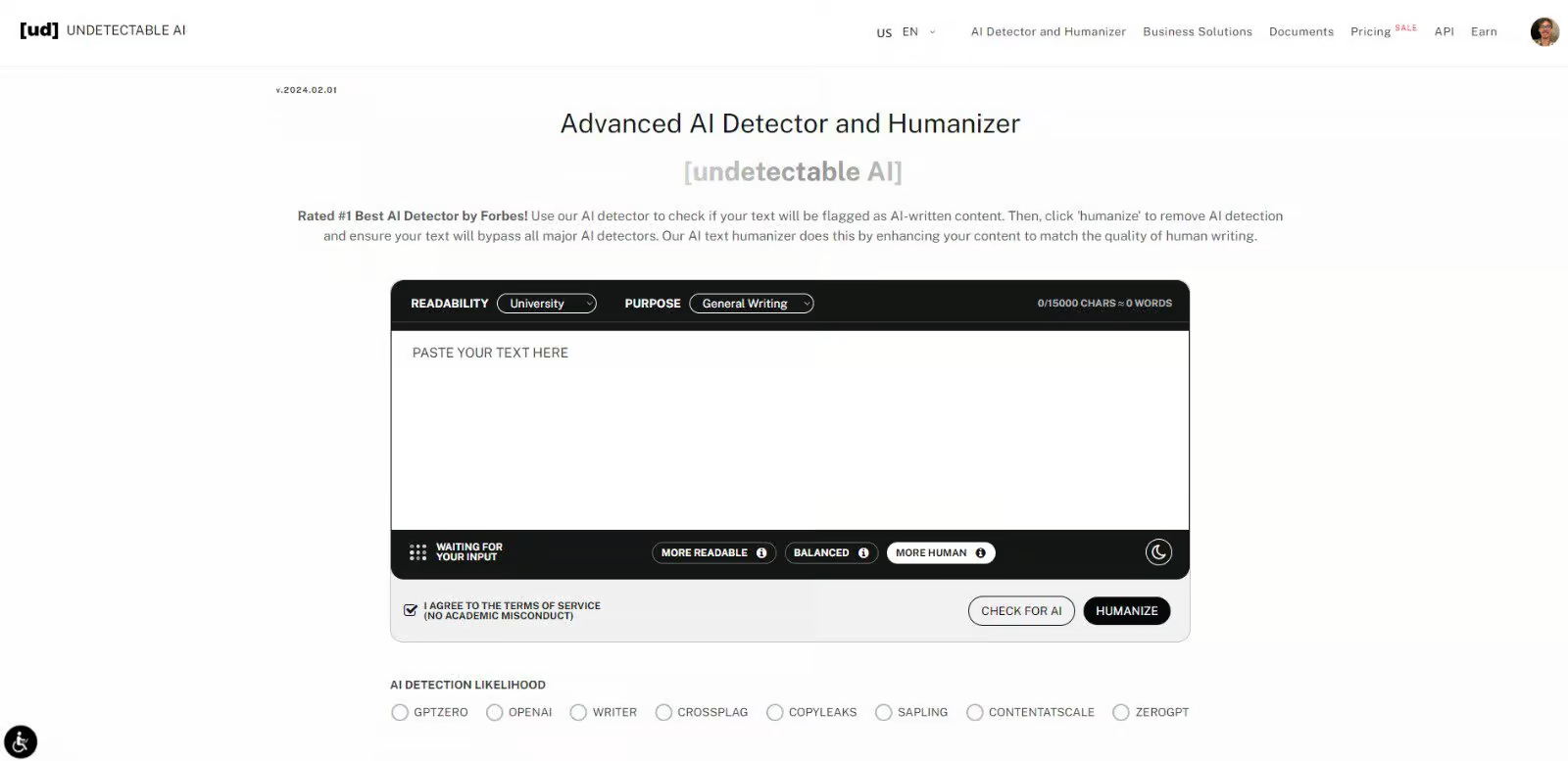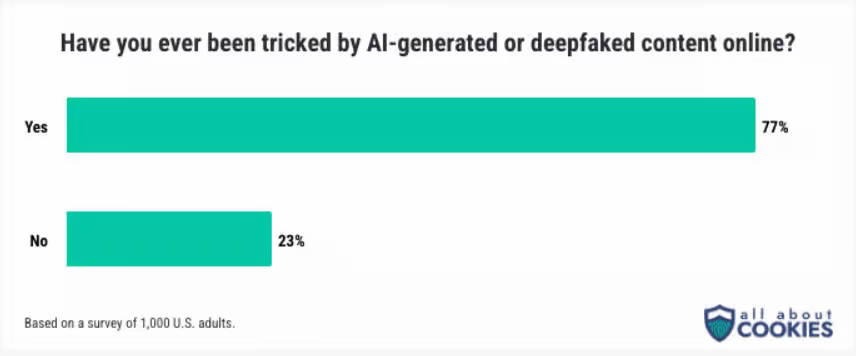
Robots are taking charge of the world! In the past, this idea seemed negative, but now, it might not be so bad.
There’s been a lot of talk about how robots, especially AI, have changed our everyday lives and different industries.
AI makes chores easier and automates office tasks, becoming a leader in innovation.
AI’s role in content creation is huge.
Chatbots use natural language processing (NLP) to answer questions and mimic human speech.
While chatbots can handle simple questions, it’s wise to verify chatbot-written content to ensure it’s reliable and genuine, especially for things like academic work or journalism.
We can help with that.
Here’s how to check if something was written by a chatbot.
The Quick Solution: Use AI Detectors to Identify Chatbot-Written Content
AI is likely to generate close to 100 million jobs. It simplifies tasks, enabling workers to discover new fields.
Tools that create content using AI can quickly generate text, speeding up the process.
However, there’s a worry about whether it’s genuine. Where does this fit in?
Imagine handing in a research paper for school. A student turns it in, and the teacher senses something is strange about the writing.
To check, the teacher might use a reliable AI detector, such as Undetectable AI, for a fast and thorough review of the student’s paper.

Teachers can now use AI detectors to determine if students’ papers are genuine, allowing them to take action if needed. These detectors spot language patterns unique to AI-generated text. Chatbot-created content has traits that make it noticeable to these detectors, which examine details beyond what we can see. Writers can also check their work with AI detectors to ensure it’s original and free from accidental plagiarism. AI is great for sparking ideas, but it’s crucial to keep its use ethical and clear. As AI use grows, tools like Undetectable AI can make your ideas feel more human, ensuring the quality matches human writing. This balance helps streamline content creation while keeping it original and distinctively yours.
Other Indicators That Help You Identify Chatbot-Written Content
AI is now so advanced that it can sometimes make it hard to tell if content is made by a person or a machine.
Over seven in ten people say they’ve been tricked by AI content in some way. As AI grows and becomes more advanced, it’s important to have clear rules and guidelines for its proper use.

AI detectors are pretty good at spotting chatbot-created text. However, there are certain traits you can look for to figure out if something is AI-generated or not on your own.
1. Unnatural Language
Spotting AI-written content often comes down to identifying awkward language. This kind of text feels stiff and too formal, missing a smooth, conversational flow. Key indicators of robotic writing are:
- Using big words and technical terms too much when they’re not needed.
- Casual expressions and creative writing are missing.
- The writing doesn’t hold a steady tone and seems pieced together.
Imagine a student who decides to let ChatGPT handle their college admission essay. They just put in a prompt, copy the text, and send it off. It’s pretty obvious it’s AI-written because the language is too complex. The writing level is much higher than you’d expect from a regular student, making it suspicious. AI often sounds unnatural due to its limitations. These models mimic how humans talk, trying to make up their own text from prompts.
2. Contextual Understanding
Here’s a situation many know too well: You ask a customer service bot about a problem with their product.
Instead of giving a clear answer, the bot shares general details, like the company rules or how to use the item.
That’s all the bot can offer, as it’s programmed that way. Frustrated, you turn to human help, which means more waiting.
This shows what happens without context. Understanding context means grasping the info in the right situation.
When people write, they research and give precise details, thanks to this understanding.
AI content may seem jumbled or off at times. AI skims the surface of resources, making it hard to fully grasp language subtleties.
3. Knowledge Limitations
AI, though strong, lacks omniscience. It faces limits, especially with intricate knowledge.
Since AI is designed to complete tasks, it may insert false or nonexistent data. Even when AI offers accurate details, they often aren’t current.
Here’s why AI knows less than you’d think:
- AI tends to show bias because it’s better at giving detailed info on views that are more common.
- AI models have tons of data, but their knowledge isn’t endless and has limits.
- Typically, AI finds it hard to follow trends and often misses the newest information.
Depending only on AI content is risky since it might spread false information.
An article made by AI about complex medical techniques might have mistakes, which can be risky for research.
4. Writing Style Inconsistencies
Have you ever come across an online article that starts off strong, only for the rest to lose its spark, as if someone else took over the writing?
That piece might have been crafted by AI. AI-written content often struggles with keeping a consistent style throughout.
While AI models can mimic human language quite well, they often fail to maintain a consistent voice in different writing styles.
Here’s how AI’s inconsistency in writing style often appears:
- The tone changes fast, going from formal to informal or from professional to too casual in the same piece of writing.
- Writing produced by AI often lacks a smooth flow and appears disjointed.
- Understanding texts can be tricky when there are too many views or not enough of them.
It’s key to spot inconsistencies to decide if what you’re reading can be trusted.
5. Error Patterns
To make mistakes is normal for both humans and machines. Even our smartest robots today sometimes mess up.
Mistakes are often a sign of AI-made content because the AI system doesn’t always function right, and the company might skip checking the quality of what the tool creates.
Simply put, AI helps create content automatically, which isn’t bad, but things can go wrong if it isn’t watched over.
These errors can be anything from grammar slips to spelling blunders, mixed-up ideas, or thoughts that don’t really make sense.
Why does this occur? AI is just software with complex rules, which means it can have bugs and glitches.
Also, the data used to teach AI models can affect how well the tool works.
6. Verification of Facts or Personal Details
AI often struggles with checking the facts it shares. Over 75% of people worry about false info from AI.

AI can’t always check facts or personal info, which can be risky. Wrong info might cause confusion and could impact people and groups.
Here are some tips to avoid AI misinformation:
- We are good at verifying, so make sure to look at the sources in what you read.
- Think carefully and don’t just accept things immediately.
- When dealing with important content, ensure a person checks it for accuracy.
- Spend some time getting to know how AI works. Learn what it can do and where it falls short.
Artificial intelligence struggles to access precise data since it depends solely on the input it receives. As a result, it lacks access to the latest information.
Moreover, AI isn’t equipped to verify information across various sources or confirm its genuineness as effectively as people can.
Effortlessly identify AI-created content and make it more human-like—begin your journey here.
Conclusion
By recognizing these signs, you can trust the content you read more confidently.
AI is improving fast, so it’s crucial to learn how to spot if a chatbot wrote something. The rules will shift, and we’ll need to adjust.
We see so much online that staying alert can be exhausting. To make it simpler, use Undetectable AI to help you.
Undetectable AI makes spotting AI easy and effective, and it can also make your content easier to read with our AI humanizer.
This way, you can feel secure about the content you create. Two tools in one place.
As we enjoy the perks of AI, let’s focus on using it ethically and fight misinformation to keep communication honest.
